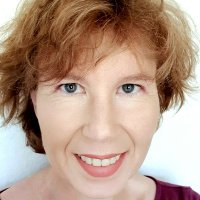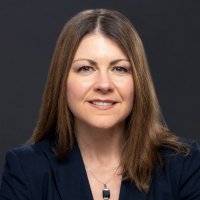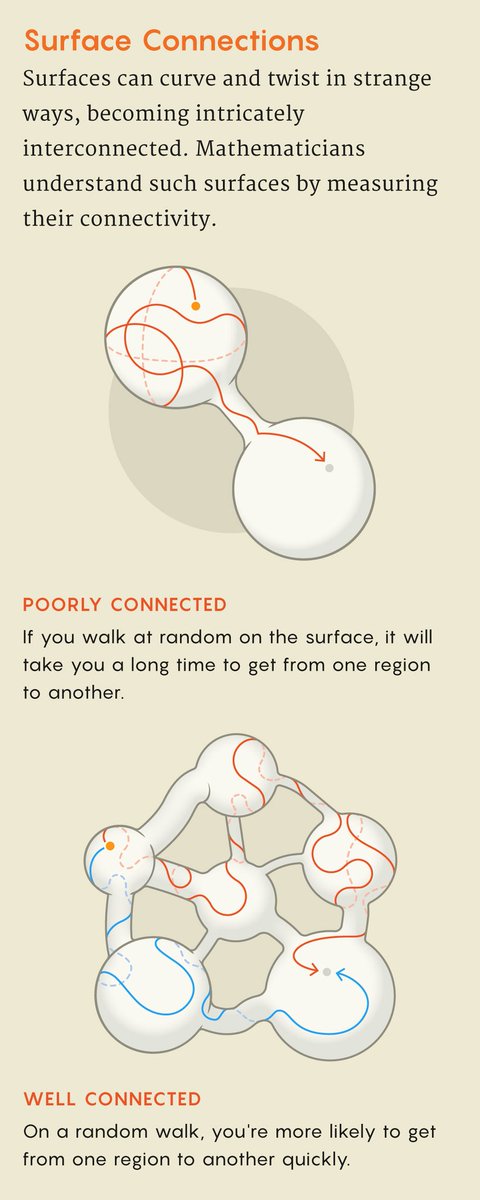
FQxI Physics
@fqxi
Exploring the foundations of physics & cosmology with Zeeya Merali & Gabe Fitzpatrick, of the Foundational Questions Institute, FQxI. @[email protected]
ID: 52740676
https://fqxi.org/ 01-07-2009 14:33:12
19,19K Tweet
19,19K Followers
5,5K Following

Mathematicians recently made renormalization, a method that originated in particle physics, rigorous enough to help prove a famous conjecture about turbulence. Learn more about it on The Quanta Podcast. Apple- podcasts.apple.com/us/podcast/new… Spotify- open.spotify.com/episode/3A7jqr…




Gravitational lensing? Spectroscopy? You can find out exactly what these terms (and many more) mean in our Word Bank! Find it here: ow.ly/rinE50Wfnsa #WebbSeesFarther 📷 @ESA / European Space Agency_webb , NASA & Canadian Space Agency , L. Armus, A. S. Evans
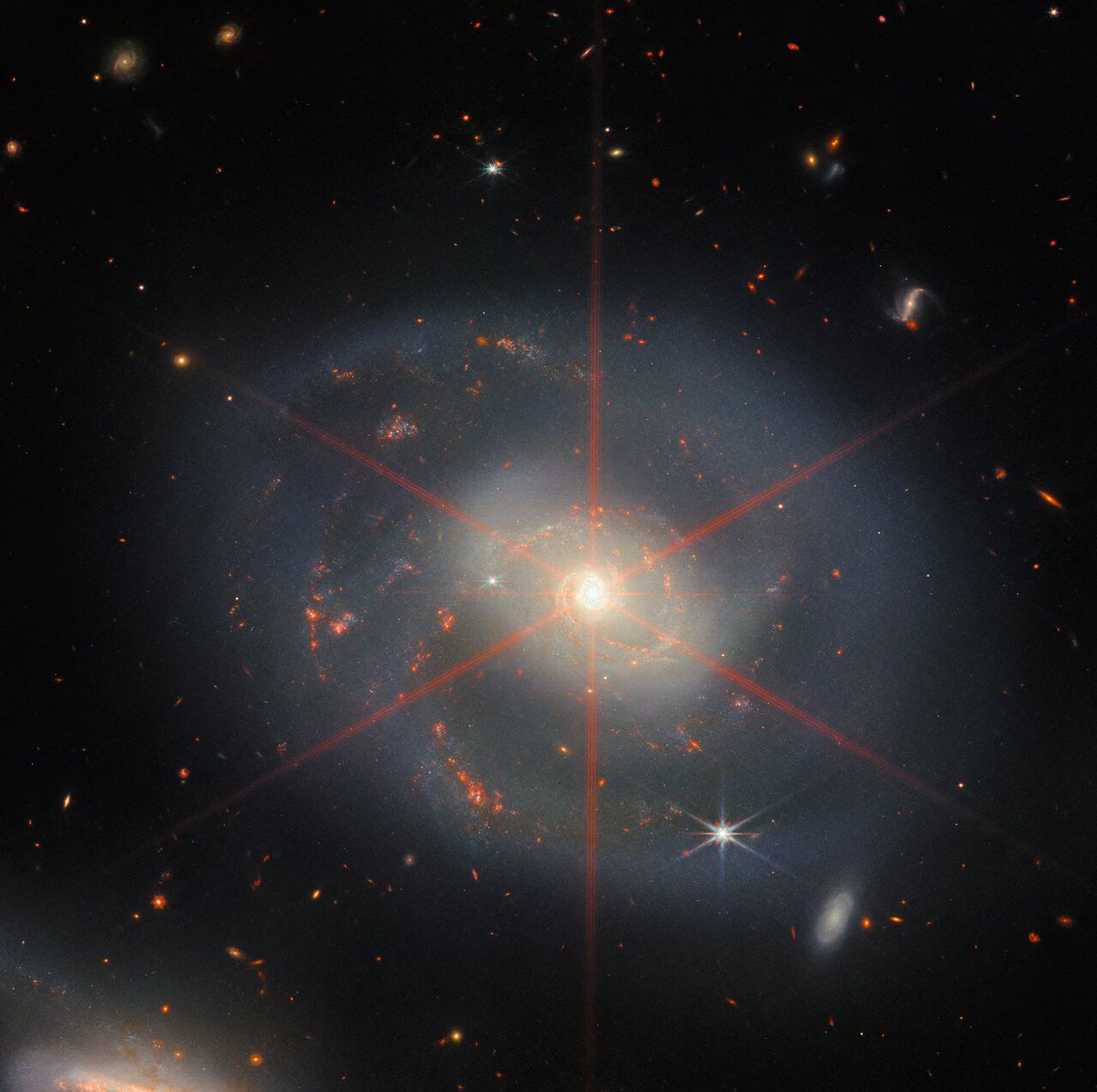




Physicist Anthony Aguirre on what gives him optimism around humanity’s ability to handle global threats like nuclear war Feat Anthony Aguirre
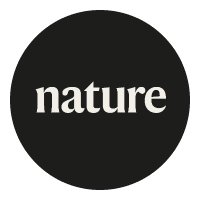

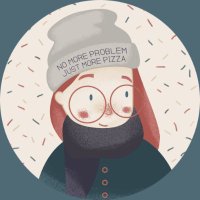

Three Oxford Mathematicians have won 2025 London Mathematical Society London Mathematical Society Prizes. Left to right, Nigel Hitchin wins the De Morgan Medal, Helen Byrne the Naylor Prize and Lectureship in Applied Mathematics and Vidit Nanda a Whitehead Prize. maths.ox.ac.uk/node/72373

